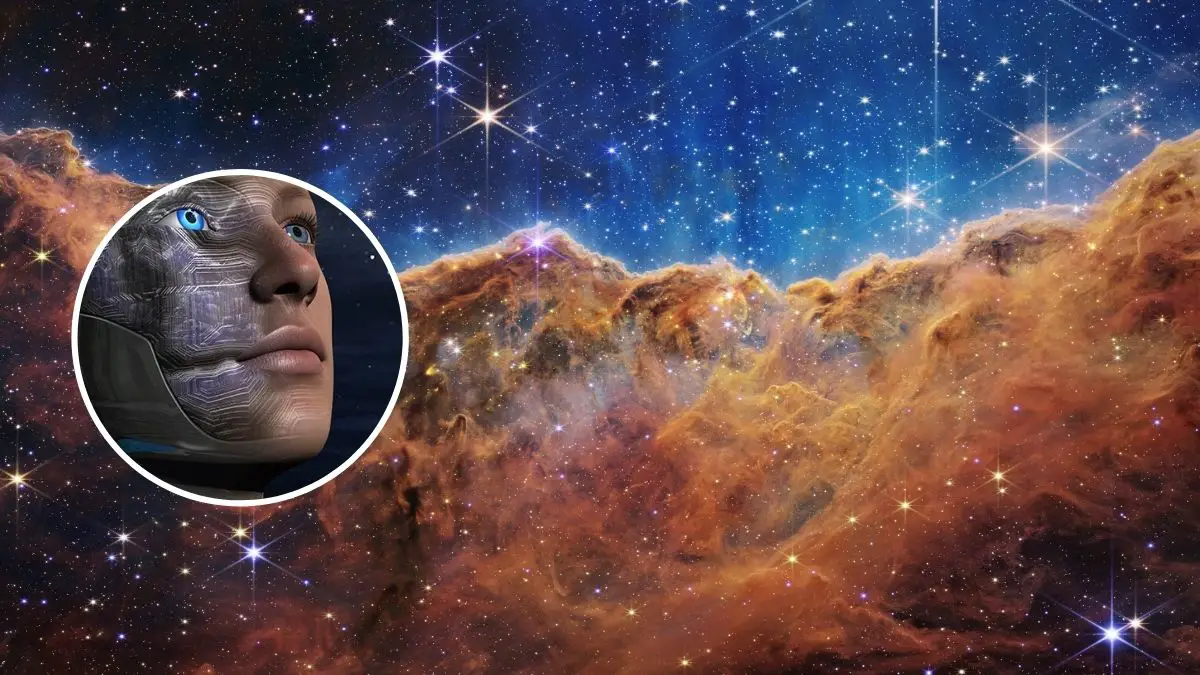The Universe
11 Bizarre Anomalies in Space Discovered by Powerful New Artificial Intelligence
There are literally billions of intriguing objects just waiting for AI to find them.

A number of “anomalies” in space have been discovered by an artificially intelligent machine learning system, and it may provide new insights into the nature of the Universe.
Researchers are hopeful that the method will be used to identify many more such space anomalies in the near future.
With the aid of the new technology, scientists will be able to sort through the massive amount of data that is sent to them every day from the infinite space above us in search of the most fascinating and intriguing objects out there in the Universe.
Astronomers have suffered in recent decades in part due to an abundance of data; as a result of the introduction of extensive surveys of the skies using new technology, researchers are obtaining enormous volumes of data every night.
There are literally billions of intriguing objects just waiting for AI to find them.
Therefore, astronomers have been turning to artificial intelligence to aid in sorting through such an enormous amount of data. The AI machines were also employed in the most recent study to locate intriguing things in photographs of the Northern Sky acquired with the Zwicky Transient Facility, or ZTF.
Scientists sent the AI a variety of photos to test the system, and it searched for “anomalies,” as astronomers call to unusual or interesting things like supernovae and tidal disruption events that are worthy of further investigation.
They sought for the machine system to locate things they were previously aware were there. However, the researchers used the technique to identify 11 additional similar anomalies and personally validated them.
“This is a very good result,” said Maria Pruzhinskaya, a co-author of the paper and research fellow at the Sternberg Astronomical Institute. “In addition to the already-discovered rare objects, we were able to detect several new ones previously missed by astronomers. This means that existing search algorithms can be improved to avoid missing such objects.”
The research is available in a new paper, ‘SNAD transient miner: Finding missed transient events in ZTF DR4 using k-D trees’, published in New Astronomy.
Typos, corrections and/or news tips? Email us at Contact@TheMindUnleashed.com
